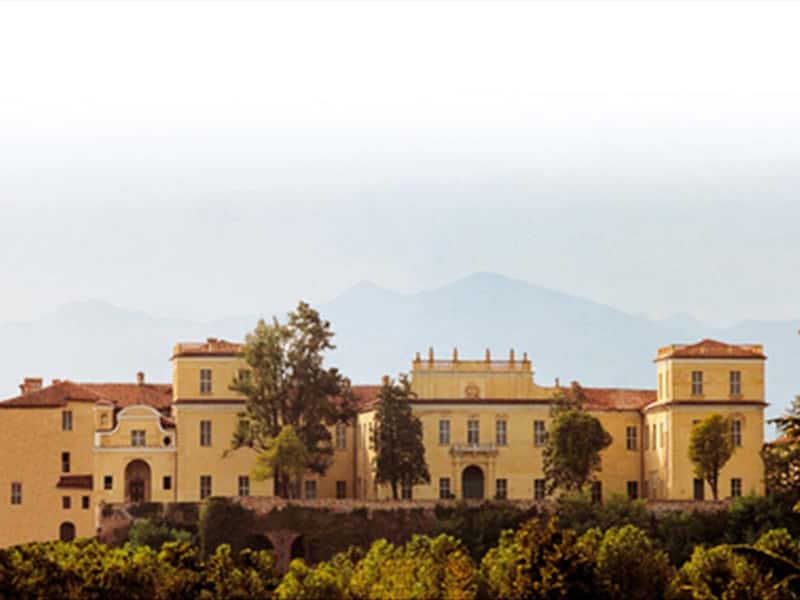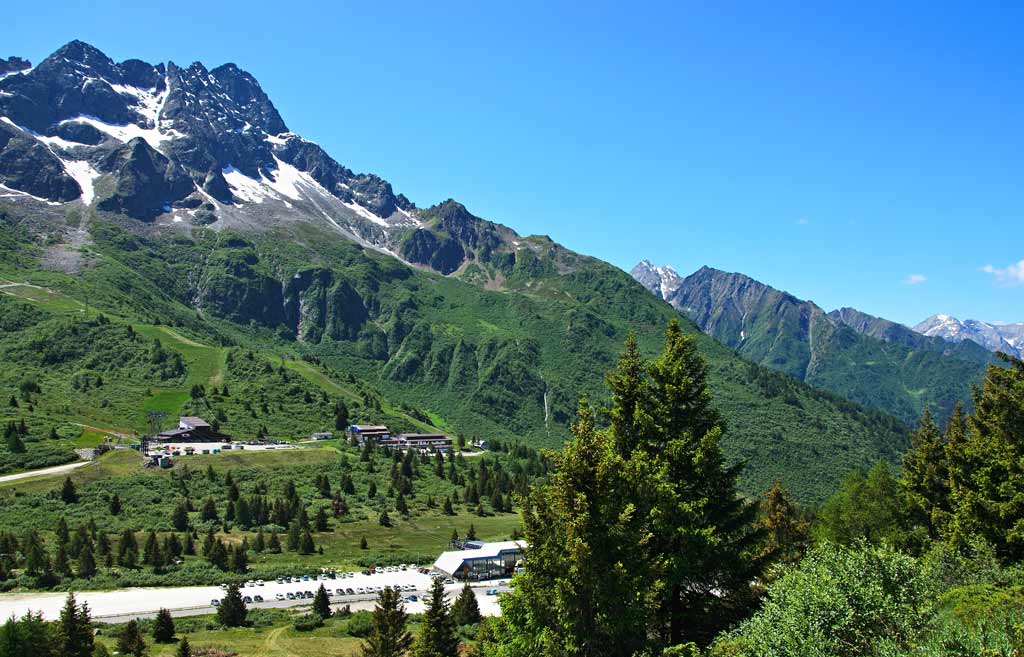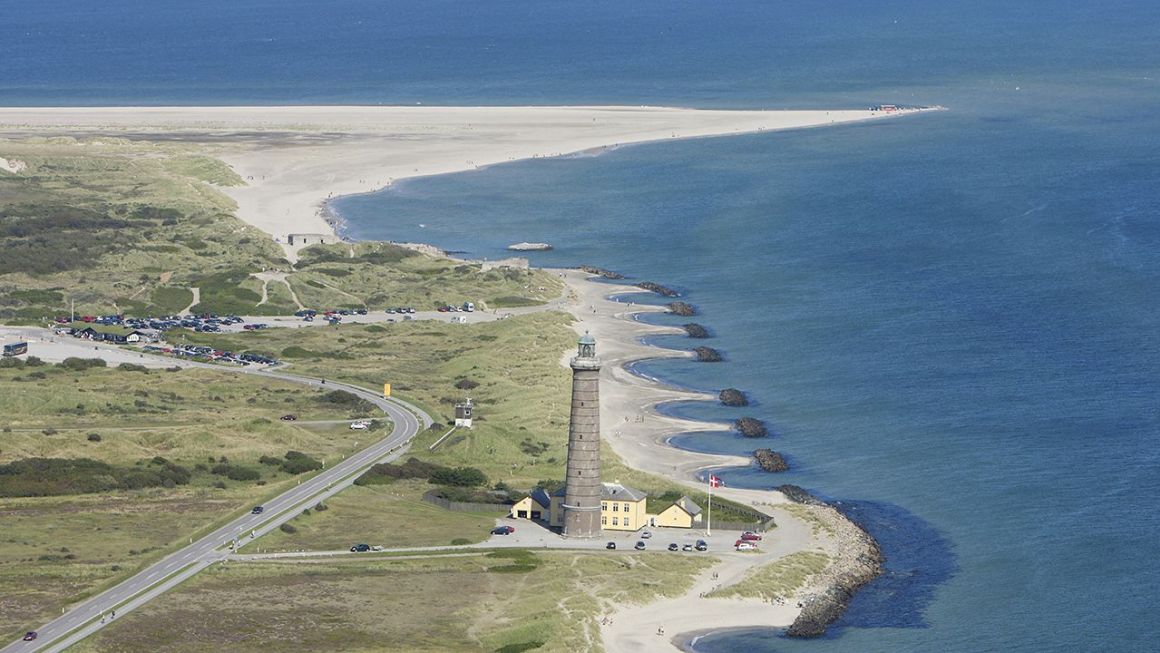San Giusto Canavese is a young town whose territory once belonged to the neighboring town of San Giorgio. Before independence San Giusto was in fact a hamlet of San Giorgio with the name Gerbo Grande di San Giorgio. In fact, its inhabitants are still called, traditionally, gerbolins (they are also called by the popular Piedmontese nickname of Tirapere, or "Tira-pietre" in Italian).
After at least two centuries of quarrels and battles against the neighbouring municipality, fought with slingshots and stones, on 9th October 1778 King Vittorio Amedeo III issued the decree of dismemberment and the Gerbo Grande thus obtained independence from San Giorgio with the name Cantone del Gerbo Grande.
A little less than a year later, King Vittorio Amedeo III himself, with a licence dated 3 September 1779, recognised the name of San Giusto to the new municipality, chosen by the inhabitants as their protector. In 1862 the name of the municipality was definitively changed to San Giusto Canavese by decree of King Vittorio Emanuele II to avoid confusion with other "San Giusto" present on the Italian territory….
The contrast between the communities of San Giorgio and Gerbo Grande was to be found both in the political-religious sphere, and within the class struggle, since the Sangiustesi were made up mostly of farmers, traders and small landowners, while the Sangiorgesi were represented by nobles (Casata dei Biandrate) and craftsmen of the village of the castle of the Biandrate. The aspiration of the Gerbolini (inhabitants of the Gerbo, or ‘l Zerb) was to obtain both the independence of their municipality and their parish and, to achieve it, they waged a bloody and sometimes violent struggle that divided the two communities (San Giusto and San Giorgio), just 3 kilometers away, and gave the Sangiustesi the nickname, Pulling from the type of "weapons" that they used in battle.













